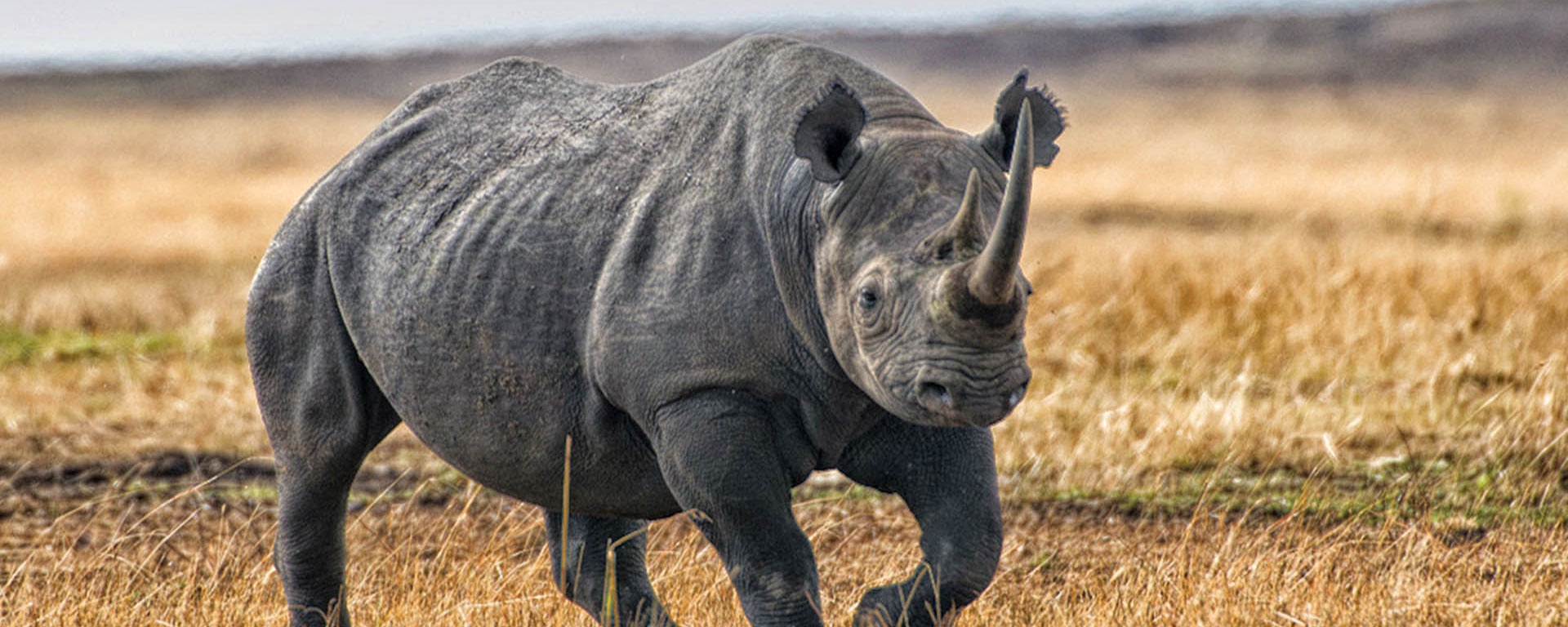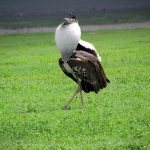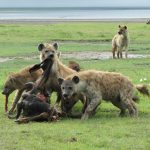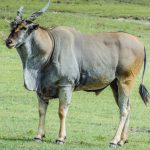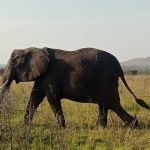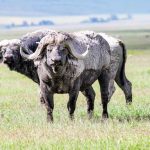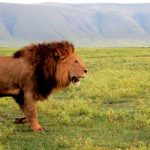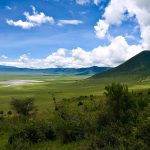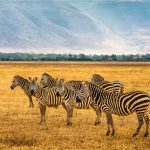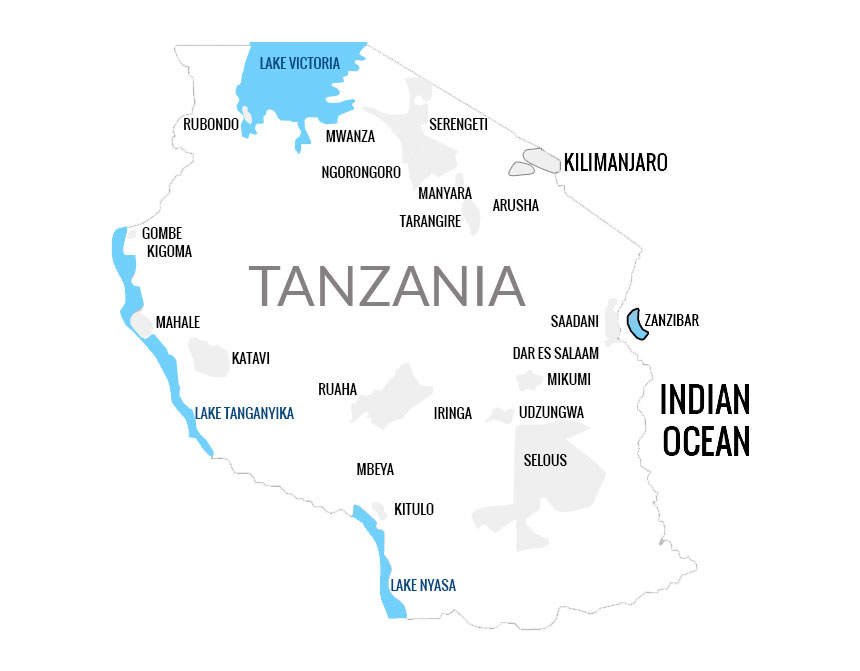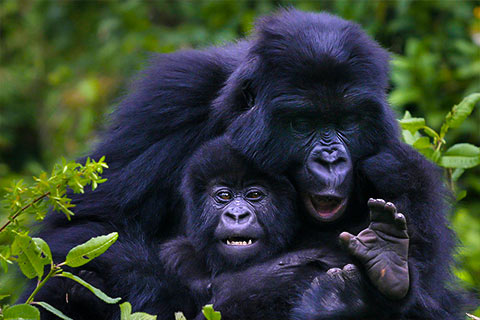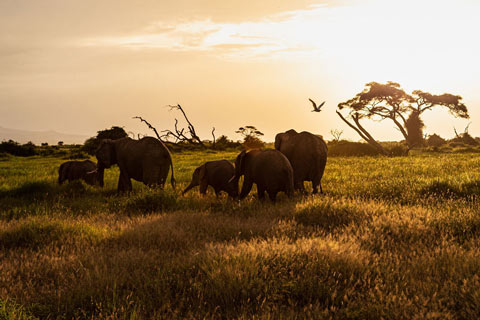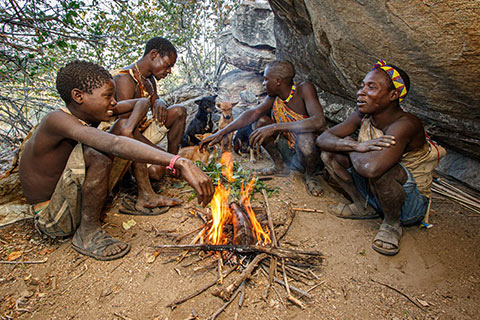Often called the eighth natural wonder of the world, the Ngorongoro Crater is the largest intact crater on the planet. About two million years ago, the Ngorongoro volcano erupted and its walls collapsed. The volcano floor sank to create a natural enclosure surrounded by 600m high walls.
Now, at over 19 kilometers wide, this natural amphitheater is full of acacia forest, hippo-filled swamps and wide-open grasslands
These different habitats contain over 30,000 animals – including elephants, warthogs, flamingos, magnificent birds, the rare black rhinoceros and all the predatory cats.
Ngorongoro Crater sits inside the Ngorongoro Conservation Area which covers more than 8,000 sq km. It is called a ‘Conservation Area’ and not a ‘National Park’ because animals and people live together here (people are not allowed to live in National Parks). The Maasai live around the Ngorongoro Crater and can often be seen grazing their cattle alongside the buffalo and wildebeest.
Best known for
-
Referred to as the 8th wonder of the world
-
World’s largest intact volcanic caldera
-
Densest concentration of large animals
-
Rhinos, bull elephants and black-maned lions
Topography
-
Savannahs
-
Open Woodlands
-
Riverine Areas
-
Hills
-
Valleys
Main Species
-
Rhino, Lion
-
Hyena, Elephant
-
Warthog, Cheetah
-
Jackal, Eland
-
Serval Cat
-
Hippo, Flamingo


